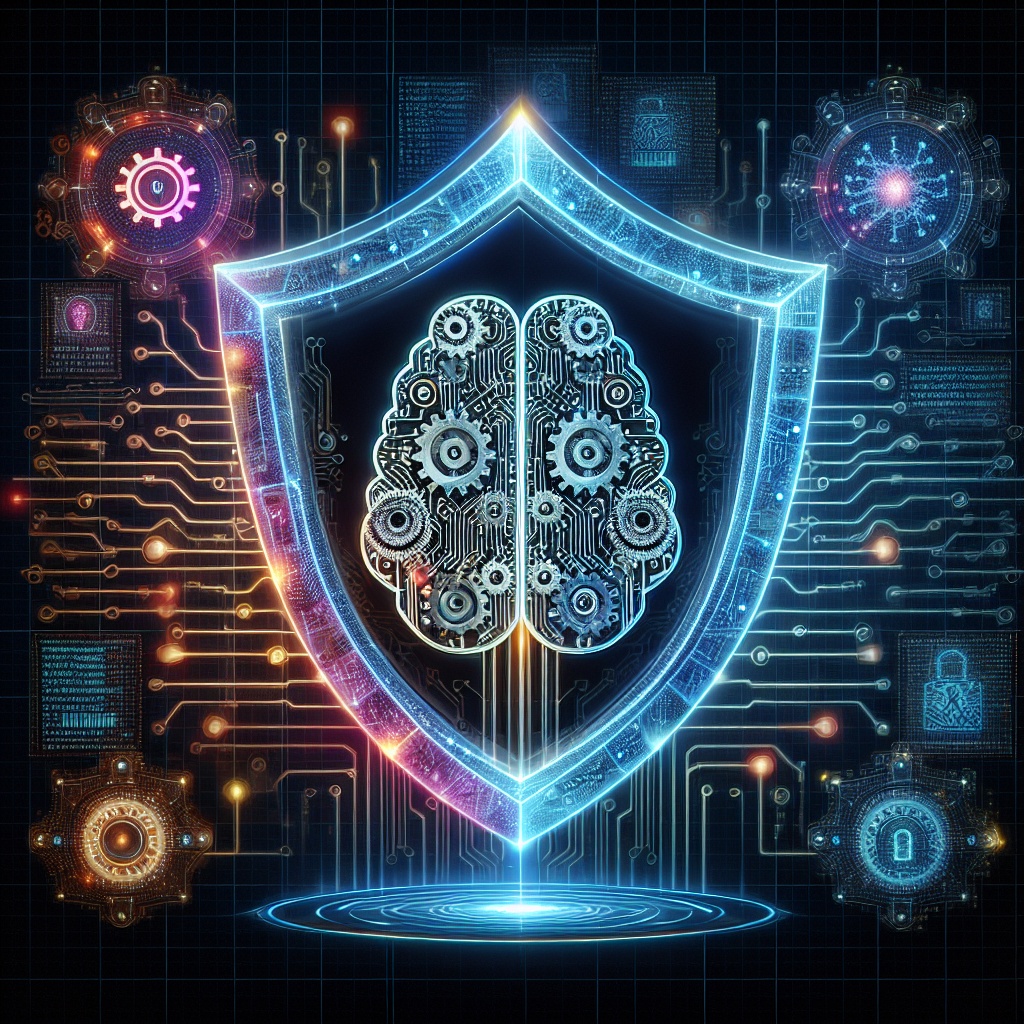In today’s digital age, cybersecurity has become a critical concern for businesses and individuals alike. With the increasing sophistication of cyber threats, traditional security measures are no longer enough to protect sensitive data and systems. This is where Artificial Intelligence (AI) comes into play, offering a powerful tool to bolster cybersecurity efforts.
AI has the ability to analyze vast amounts of data in real-time, detect patterns, and identify potential threats before they cause harm. It can automate routine tasks, freeing up human resources to focus on more complex security issues. AI-powered systems can also adapt and learn from new threats, constantly improving their ability to protect against cyber attacks.
The Role of AI in Cybersecurity
1. Threat Detection and Prevention: AI can analyze network traffic, log files, and other data sources to identify anomalies and potential security threats. It can detect patterns indicative of malicious activity, such as unusual login attempts or unauthorized access to sensitive information. By continuously monitoring the network, AI can prevent cyber attacks before they occur.
2. Behavioral Analysis: AI can analyze user behavior to detect unusual patterns that may indicate a security breach. For example, if an employee suddenly starts accessing sensitive data at odd hours or from unusual locations, AI can flag this activity as suspicious and take appropriate action.
3. Phishing Detection: Phishing attacks remain a common tactic used by cybercriminals to trick users into revealing sensitive information. AI can analyze emails and other communications to identify phishing attempts and block malicious links or attachments before they reach the intended target.
4. Incident Response: In the event of a security breach, AI can help organizations respond quickly and effectively. By automating incident response processes, AI can contain the breach, mitigate the damage, and prevent further attacks. AI can also gather and analyze data to determine the root cause of the breach and implement measures to prevent similar incidents in the future.
5. Vulnerability Management: AI can help organizations identify and prioritize security vulnerabilities in their systems and applications. By analyzing data from vulnerability scanners, patch management systems, and other sources, AI can recommend remediation actions to reduce the risk of exploitation.
FAQs
Q: Can AI completely replace human cybersecurity professionals?
A: While AI can automate many routine tasks and improve the efficiency of cybersecurity operations, human expertise is still essential for complex decision-making and strategic planning. AI should be seen as a tool to augment human capabilities rather than replace them.
Q: Is AI immune to cyber attacks?
A: No technology is completely immune to cyber attacks, including AI systems. Cybercriminals are constantly evolving their tactics to bypass security measures, and AI is not immune to exploitation. Organizations must implement robust security measures to protect their AI systems from attacks.
Q: How can organizations ensure the ethical use of AI in cybersecurity?
A: Organizations must establish clear guidelines for the ethical use of AI in cybersecurity, including transparency, accountability, and fairness. They should regularly audit AI systems to ensure compliance with ethical standards and address any biases or unintended consequences.
Q: What are the limitations of AI in cybersecurity?
A: AI systems are only as good as the data they are trained on, so they may struggle to detect new or unknown threats. AI also requires significant computing power and resources to operate effectively, which may be a limitation for some organizations.
In conclusion, AI has the potential to revolutionize cybersecurity by enhancing threat detection, incident response, and vulnerability management. By leveraging the power of AI, organizations can stay one step ahead of cyber threats and protect their sensitive data and systems. However, it is important to implement AI ethically and responsibly to ensure the security and privacy of users.

